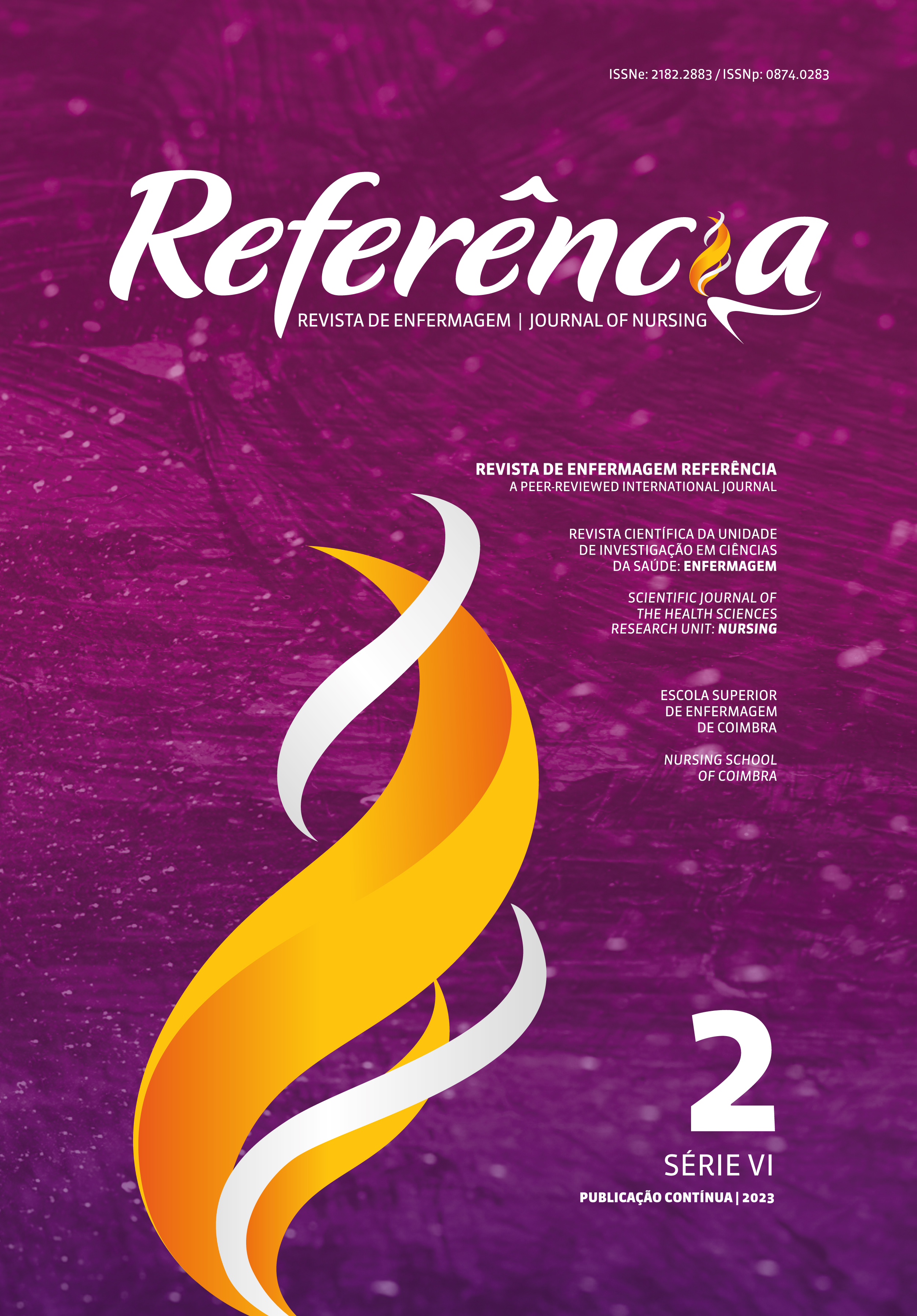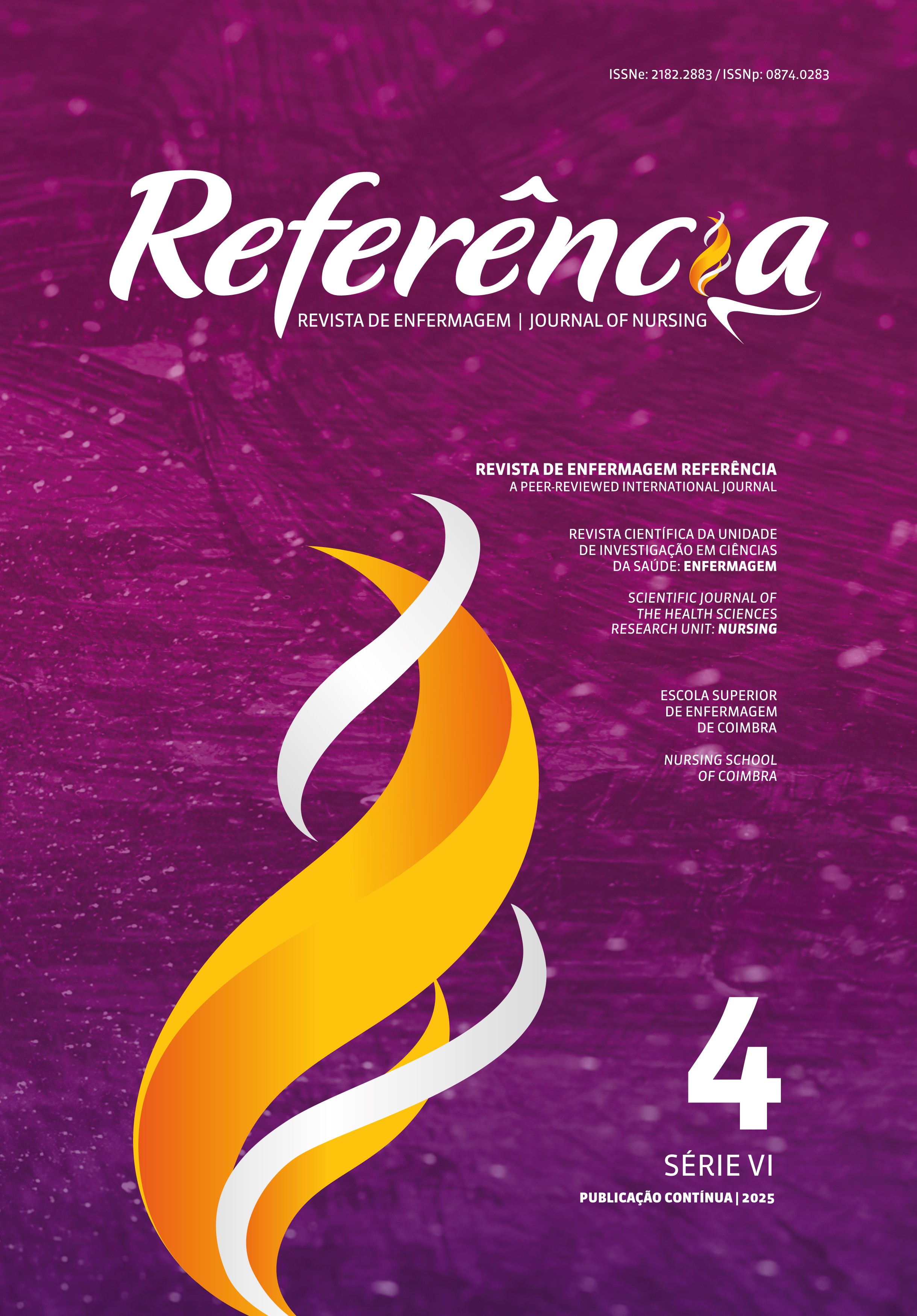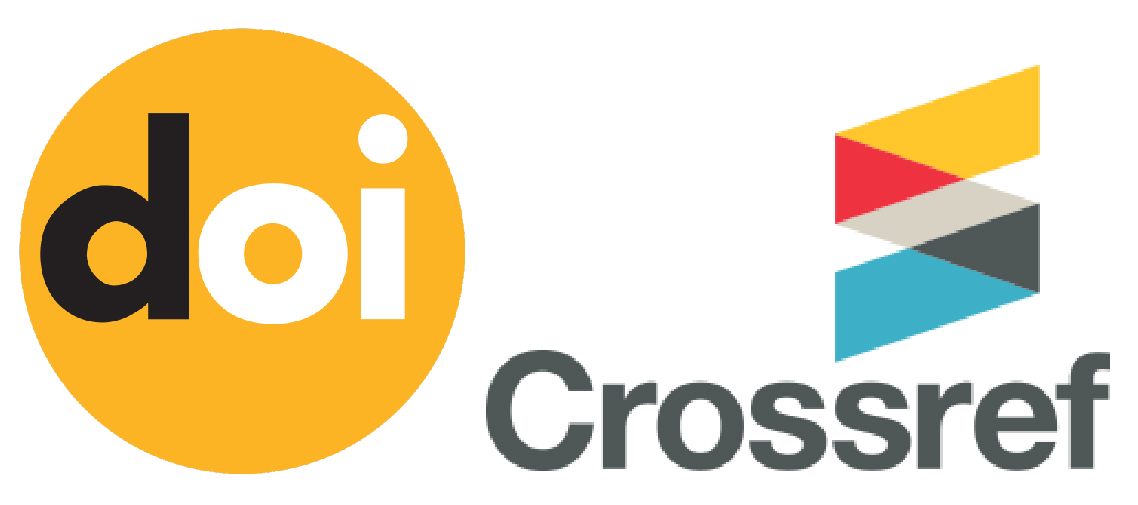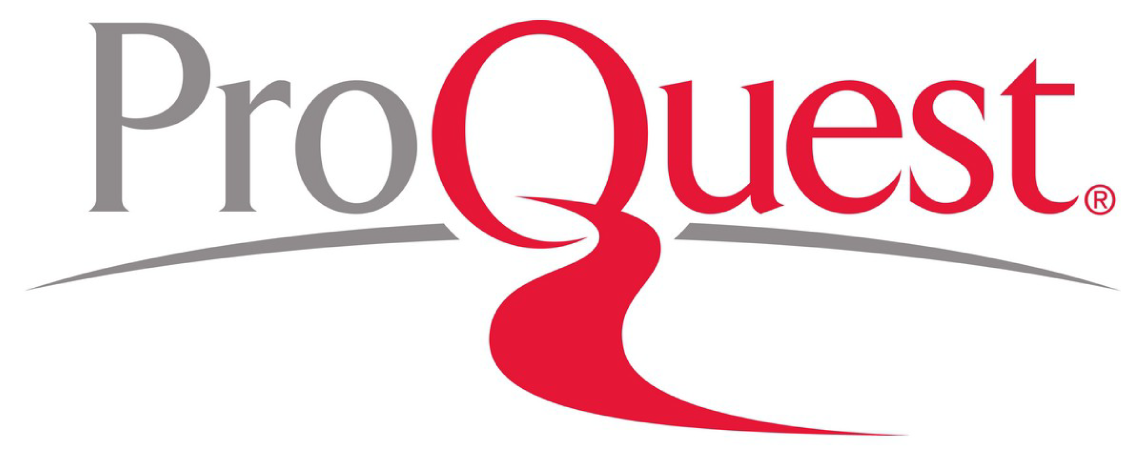Análise crítica da teoria da realização do objetivo de Imogene King
DOI:
https://doi.org/10.12707/RVI23.17.29335Palavras-chave:
teoria de enfermagem, pesquisa em enfermagem, modelos de enfermagem, enfermagemResumo
Enquadramento: A teoria de realização de objetivos de Imogene King provou ser útil para o desenvolvimento da enfermagem. No entanto, a sua utilização é limitada, o que realça a necessidade de analisar criticamente o seu contributo para a disciplina.
Objetivo: Analisar criticamente a teoria da realização de objetivos de Imogene King, de acordo com a proposta metodológica de Chinn e Kramer.
Principais tópicos em análise: Foi efetuada uma análise de acordo com os critérios de reflexão teórica propostos por Chinn e Kramer, que consiste em duas fases: 1) descrição da teoria, considerando o objetivo, conceitos e definições, relações, estrutura e pressupostos; e 2) reflexão crítica, incluindo clareza, simplicidade, generalidade, acessibilidade e relevância.
Conclusão: A teoria é clara, simples, generalizável, acessível e relevante para a prática profissional.
No entanto, tem limitações no seu âmbito de aplicação a doentes incapazes de interagir, e não é parcimoniosa devido à incorporação de muitos conceitos. São necessárias mais provas empíricas para demonstrar a sua utilização na prática.
Downloads
Referências
Adib-Hajbaghery, M., & Tahmouresi, M. (2018). Nurse patient relationship based on the Imogene King´s theory of goal attainment. Nursing Midwifery Study, 7(3), 141-144. https://journals.lww.com/nams/fulltext/2018/07030/nurse_patient_relationship_based_on_the_imogene.9.aspx
Alligood, M. R. (2018). Modelos y teorías en enfermería (9° ed.). Elsevier Health Sciences. Alves, H. L., Lima, G. D., Albuquerque, G. A., Gomes, E. B., Cavalcante, E. G., & Viana, M. C. (2021). Uso das teorias de enfermagem nas teses brasileiras: Estudo bibliométrico. Cogitare Enfermagem, 26, e71743. https://doi.org/10.5380/ce.v26i0.71743
Carroll, K. (2020). Living the art and science of nursing: Flow and transitioning. Nursing Science Quarterly, 33(1), 27-28. https://dx.doi.org/10.1177/0894318419881804
Carvajal, E. Y., & Sánchez, B. (2018). Los modelos de enfermería aplicados en la práctica clínica: Revisión integrativa. Archivos de Medicina, 18(1), 86-96. https://doi.org/10.30554/archmed.18.1.1701.2018
Chinn, P. L., & Kramer, M. K. (2018). Knowledge development in nursing: Theory and process (10th ed.). Elsevier.
Fitzpatrick, J., & Whall, A. (2005). Conceptual models of nursing: Analysis and application (4th ed). Pearson Prentice Hall.
Frey, M. A., Sieloff, C. L., & Norris, D. M. (2002). King’s conceptual system and theory of goal attainment: Past, present, and future. Nursing Science Quarterly, 15(2), 107-112. https://doi.org/10.1177/089431840201500204
Fronczek, A. E. (2022). Ushering in a new era for King’s conceptual system and theory of goal attainment. Nursing Science Quarterly, 35(1), 89-91. https://doi.org/10.1177/08943184211051373
Fronczek, A. E., & Messmer, P. R. (2022). Imogene M. King: Sistema conceptual y teoría de nivel medio del logro de objetivos. In M. Raile Alligood (Ed.), Modelos y teorías en enfermería (10ª ed.,213-230). Editorial Elsevier.
Kim, E. J., Nho, J. H., Kim, H. Y., & Park, S. K. (2021). The effects of lifestyle interventions on the health-promoting behavior, type D personality, cognitive function and body composition of low-income middle-aged Korean women. International Journal of Environmental Research Public Health, 18(11), 5637. https://doi.org/10.3390/ijerph18115637
King, I. M. (1981). A theory for nursing: Systems, concepts, process. Wiley.
King, I. M. (2007). King’s structure, process, and outcome in the 21st century. In C.L. Sieloff & M. Frey (Eds.), Middle range theory development using king’s conceptual system (3-11). Springer Publishing Company.
McEwen, M., & Wills, E. M. (2021). Theoretical basis for nursing (5th ed.). Wolters Kluwer Health. McQueen, L., Cockroft, M., & Mullins, N. (2017). Imogene King´s theory of goal attainment and the millenial nurse: An important mentoring tool for nurse educators. Teaching and Learning Nursing, 12(3), 223-225. https://doi.org/10.1016/j.teln.2017.03.003
Meleis, A. I. (2012). Theoretical nursing: Development and progress (5th ed.). Lippincott Williams & Wilkins; Wolters Kluwer Health.
Noble, H., & Smith, J. (2018). Reviewing the literature: Choosing a review design. Evidence Based Nursing, 21(2), 39–41. https://doi.org/10.1136/eb-2018-102895
Peterson, S., & Bredow, T. S. (2013). Middle range theories: Application to nursing research and practice (3rd ed.). Lippincott Williams & Wilkins.
Siti, N. K., Nursalam, N., Adriani, M., Ahsan, A., & Tantut, S. (2018). Structural model for public health nurses’ performance in the implementation of family nursing based on nursing relational capital. International Journal of Caring Sciences, 9(1), 914-926. http://www.internationaljournalofcaringsciences.org/docs/33_susanto_original_10_2.pdf
Younas, A., & Quennell, S. (2019). Usefulness of nursing theory-guided practice: An integrative review. Scandinavian Journal of Caring Sciences, 33(3), 540-555. https://doi.org/10.1111/scs.12670






















